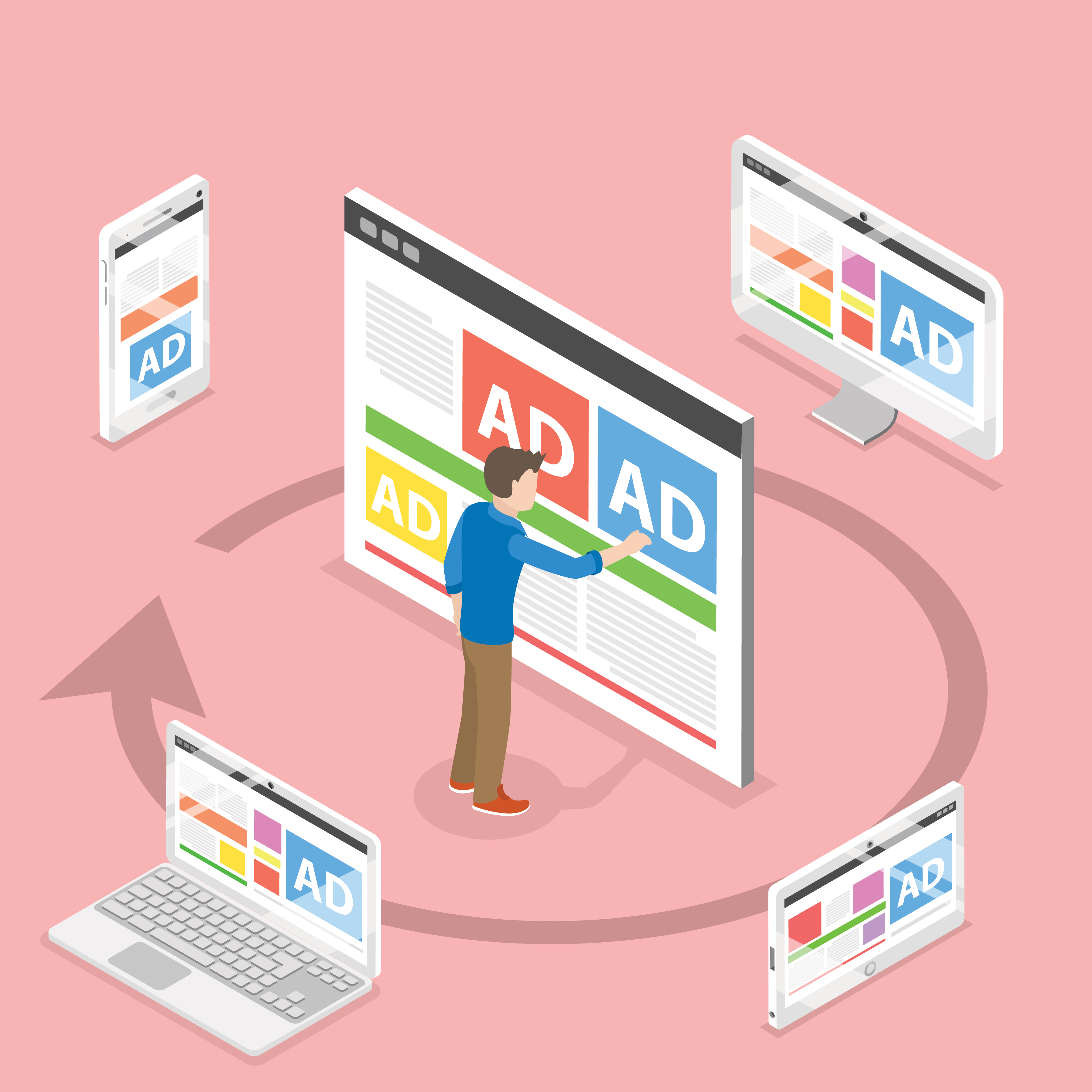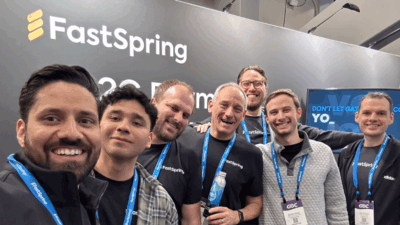Potential customers who started, but have not completed, the checkout process are close to making a purchasing decision. Studies have shown that, in general, about 67% of online users abandon their shopping cart before completing a purchase. After you have spent countless hours designing and optimizing your website, perfecting your pricing strategy, and developing your product, almost 7 out of every 10 customers will intend to purchase it but do not do so.
However, you can significantly increase conversion rates if you follow up with these potential customers.
FastSpring Now Captures Customers’ Email Addresses
Don’t give up on these potential customers so easily! Instead, FastSpring can easily and automatically capture email addresses of abandoned potential customers and send them to a specific (e.g. re-marketing) list in your MailChimp account or other third-party mailing list account. There you can design re-marketing emails to turn potential customers into actual customers.
Reasons Why Potential Customers Abandon Carts
Potential customers abandon carts for a number of reasons, but the three that matter most to companies selling software online are described below.
- Pricing and Unexpected Cost: Your potential customers want to know they are getting the best deal for your product. If during the order process, there is a coupon field, they may search the Internet for a coupon, and if they can’t find one, they may not purchase. Statistically, however, most people who place items in their cart and then try to find a coupon fully intend to purchase, and will eventually purchase at regular price.One unexpected cost that may dissuade customers from purchasing is the value added tax (VAT is 13% – 27% of the order total, depending on country) applied when purchasing in European and South American countries. That’s why FastSpring offers a Gross Pricing Model as an option, whereby you set prices on products that include any VAT. The upside is that there is no unexpected cost for the customer; the downside is that you will receive a varying price for the sale of your product, depending on the country in which it is sold.
- Distractions: Potential customers easily get distracted in their personal and online life. They may fully intend to purchase your digital product, but then they receive a text message, phone call or email – or their attention is suddenly demanded by their family – and they forget all about it. While they may intend to come back later to purchase, their best intentions may remain just that – intentions. The intent to purchase can be reawakened; it’s still there, just dormant.
- “Just Browsing” Experiences: Potential customers may just be browsing through your site and adding items to their cart. In fact, according to SeeWhy, a company whose focus is to help e-commerce companies reach website visitors who abandon carts, 99% of first-time visitors will not purchase on their first visit. Although 25% of these visitors will never purchase, 75% will abandon their cart but in fact, intend to purchase. Sometimes customers put items in their cart that they would like to purchase, but that they cannot afford to purchase at that time. In effect, their cart becomes a wish list.
Email Remarketing Best Practices – Timing
- Send 1 to 3 emails to potential customers who abandon their carts. Sometimes companies think three emails is too many, but sending the third email takes very little time or money, and has been shown to convert at similar success levels as the second remarketing message.
- Start remarketing within 24 hours of the cart abandonment, if not sooner. Customer’s interest in making a purchase decreases significantly over time, as shown in the graph. 54% of those customers that are going to purchase your products will do so within the first 12 hours after cart abandonment.According to Listrak, an eCommerce email marketing company, companies should send the first message within one to three hours of cart abandonment to reach their customers while they are still contemplating their purchase. They found that they receive the highest open and click rates for emails sent after one hour, but the highest average order values for emails sent after three hours.
- Send the second email between 24 and 48 hours after cart abandonment and the third message between 48 and 72 hours after that. These emails provide you three chances to reach your customers within the first six days, after which the rate of conversion is almost none.
Email Remarketing Best Practices – General Content
- Address your customers by name to increase the personalization of the interaction.
- Make it easy for customers to contact you.
- Phrases such as “Your shopping cart with expire in a few days … place your order now!” or “We cannot guarantee the items left in your cart will continue to be available. Act now!” can create a sense of urgency and prompt customers into action.
- If you are only selling one product, then you know what your potential customer wanted to purchase. Include an image of or quick feature list for your product in the emails to help encourage them to purchase. In many cases, the added image or a particular feature/benefit is enough to prompt a customer to purchase.
- Use the remarketing email to market a number of your products. When compared to customers that complete a purchase without remarketing, those customers that abandon their carts spend an average of 55% more when finally completing an order.
- If you are using FastSpring’s View Shopping Cart Link on Your Website, then you can also provide a link in your remarketing emails that could take potential customers back to their shopping cart. Please note: this will only work properly if the customer clicks on the link during the same browsing session as they were in when adding items to their cart.
Email Remarketing Best Practices – Offering Discounts
- Do not include a discount offer in the first email. Instead, use that email as a simple reminder that the products remain in the cart. This is often enough to prompt a customer into action. You can also offer assistance in the first email, such as “Can we help you?”, which helps create trust while reminding potential customers that they still have items in their carts.
- Include a small discount in the second email to entice potential customers who are still contemplating making a purchase. In the second email, emphasize why the customer should buy from you and let them know the benefits of ordering from you.For example, you could add “Secure Shopping: We value you as a customer so we never give out your information. Our shopping cart is handled by FastSpring and is secured by the industry leader, Norton Security (formerly VeriSign) to ensure our customers have the highest level of security.” You can also provide benefits to ordering now such as instant access to the product or by telling potential customers you will provide them with a free gift after purchase.
- For potential customers who have not purchased after the second email, offer a larger discount in the third message that is too tempting for customers to pass up. Remember that any purchase, no matter the price, still equates to valuable income and the acquisition of a new customer.
Ready to see what FastSpring can do for you? Click here to request your free demo today.
![[Customer Story] Why TestDome Considers FastSpring a Real Partner](https://fastspring.com/wp-content/themes/fastspring-bamboo/images/promotional/2023/FastSpring-TestDome-blog-thumbnail.jpg)








